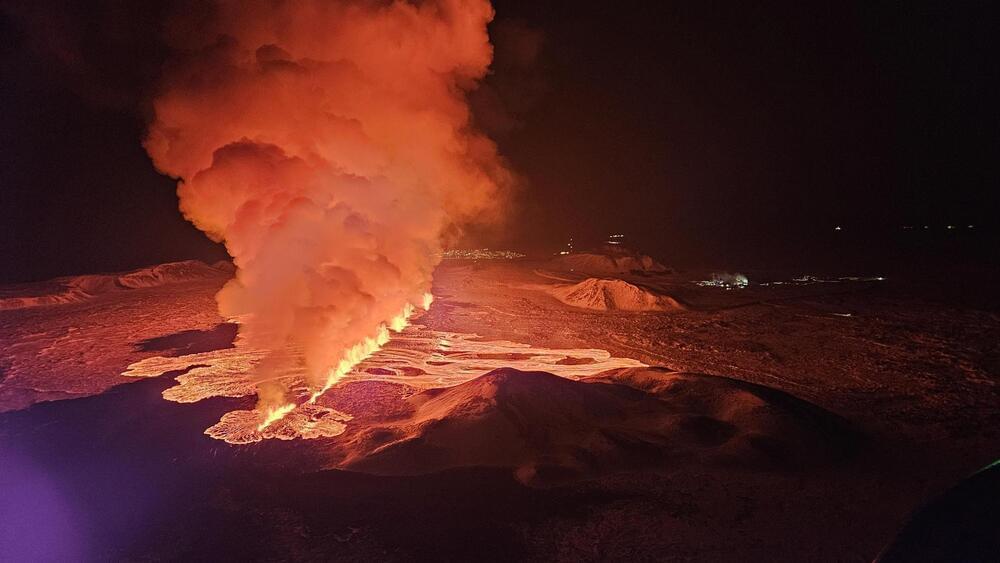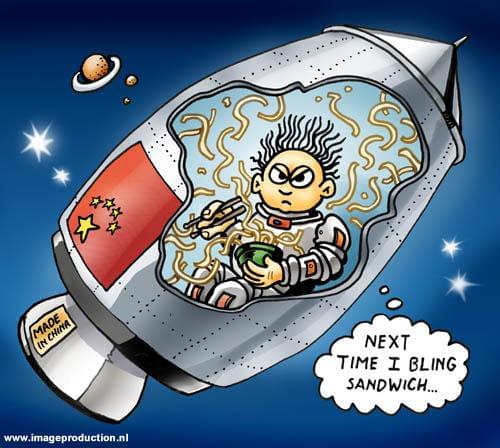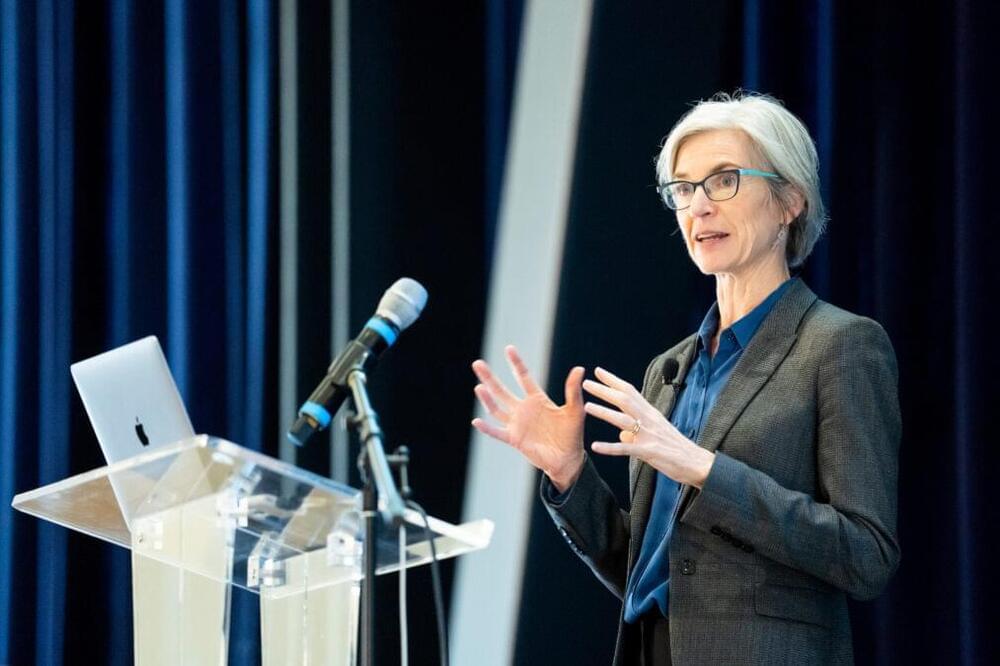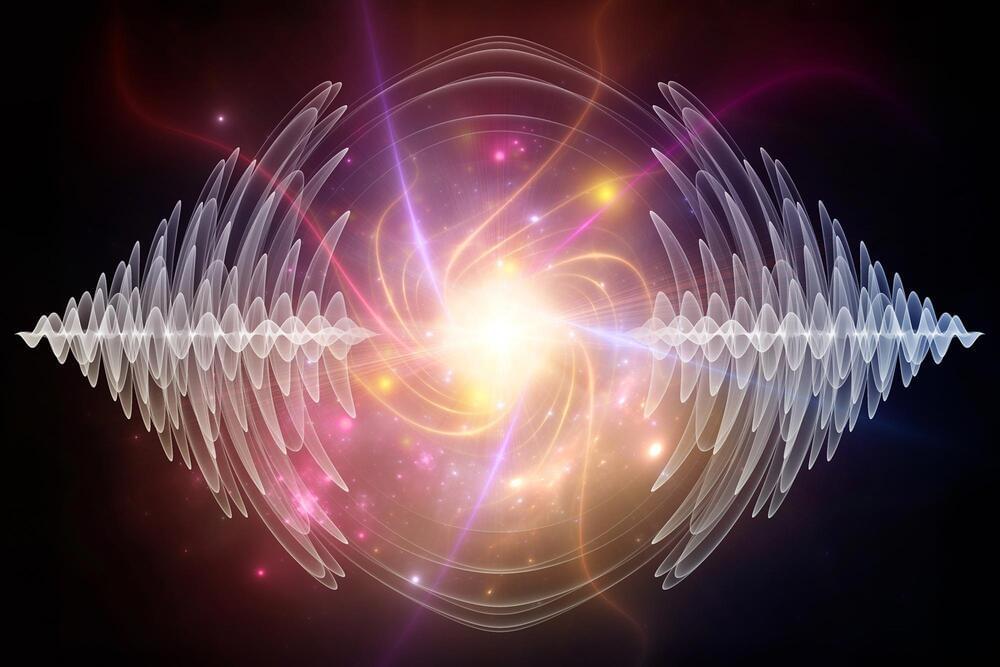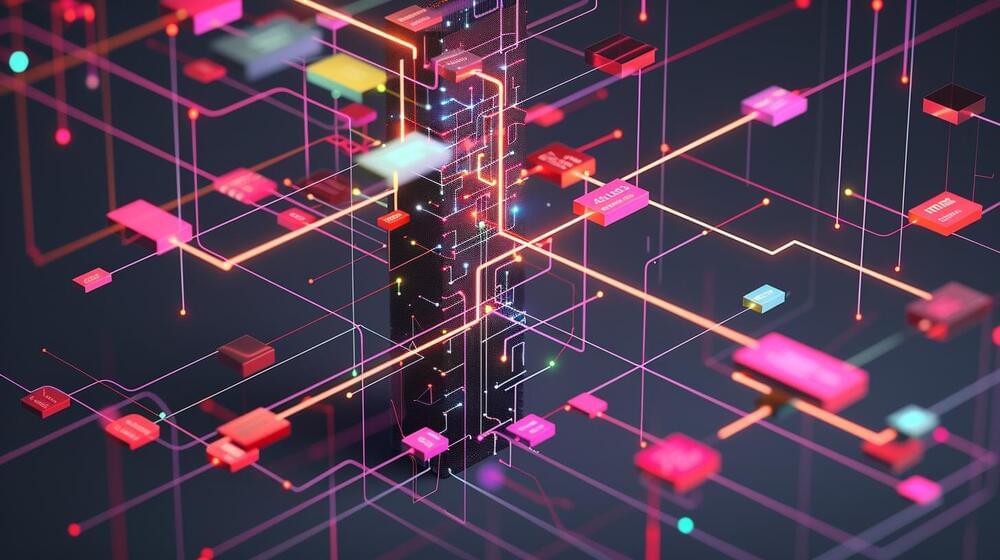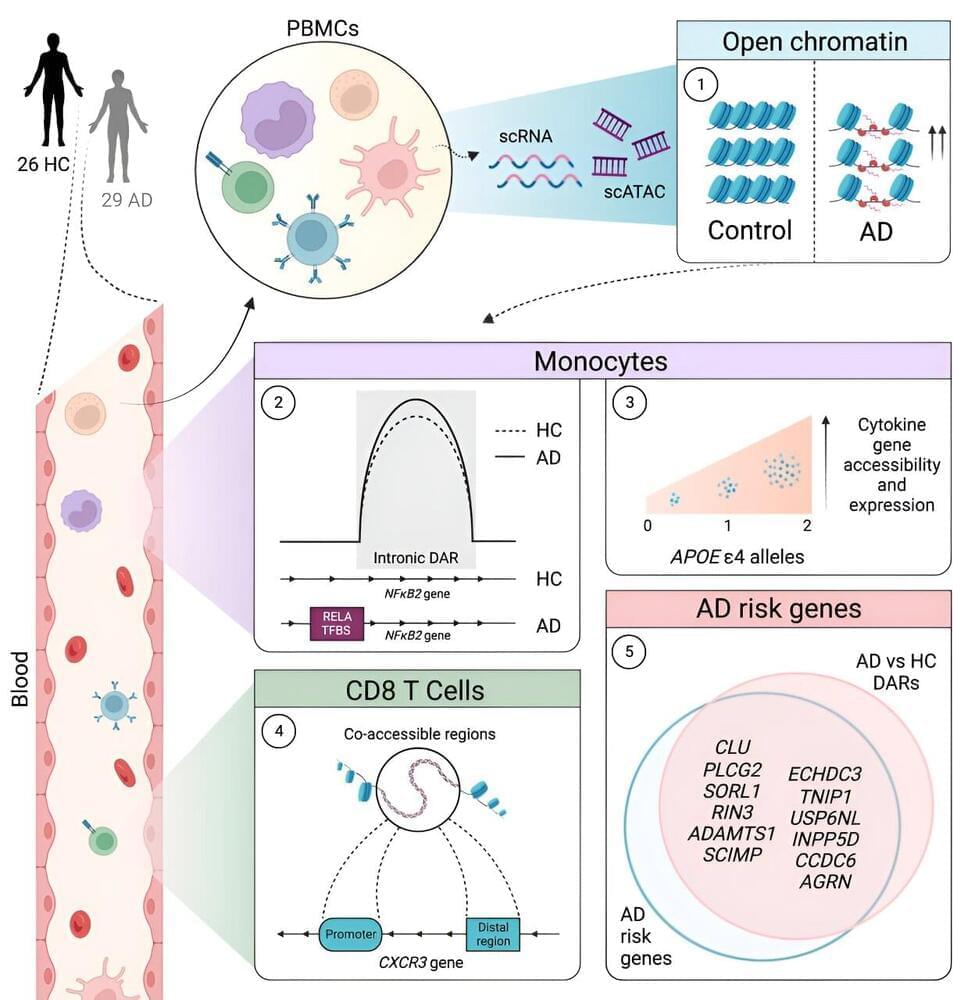Feb 10, 2024
Iceland volcano update as webcams show lava fountains up to 260 feet tall
Posted by Genevieve Klien in category: futurism
The new eruption marks the third time a volcano has erupted in the same region of Iceland in the past three months.
